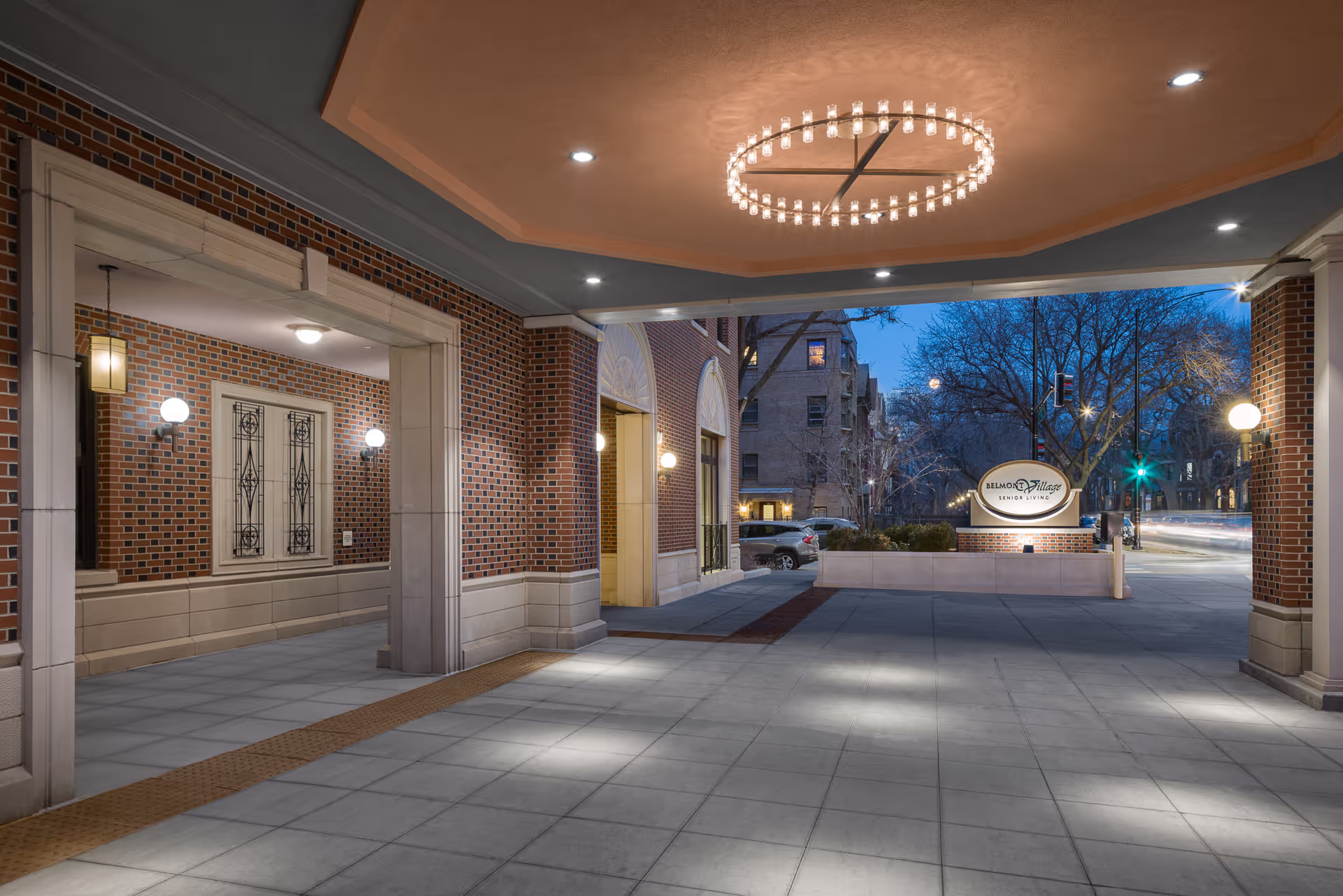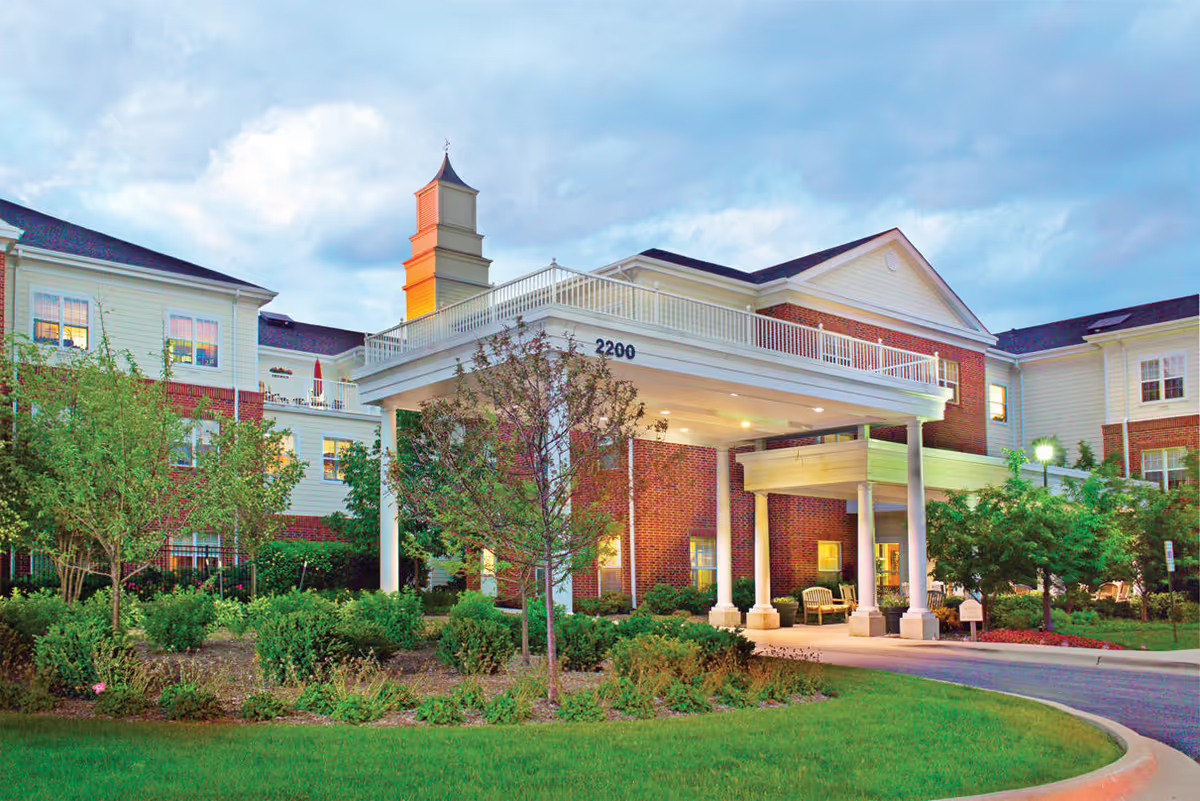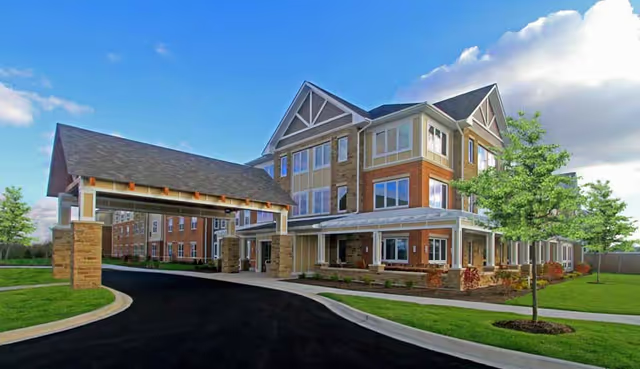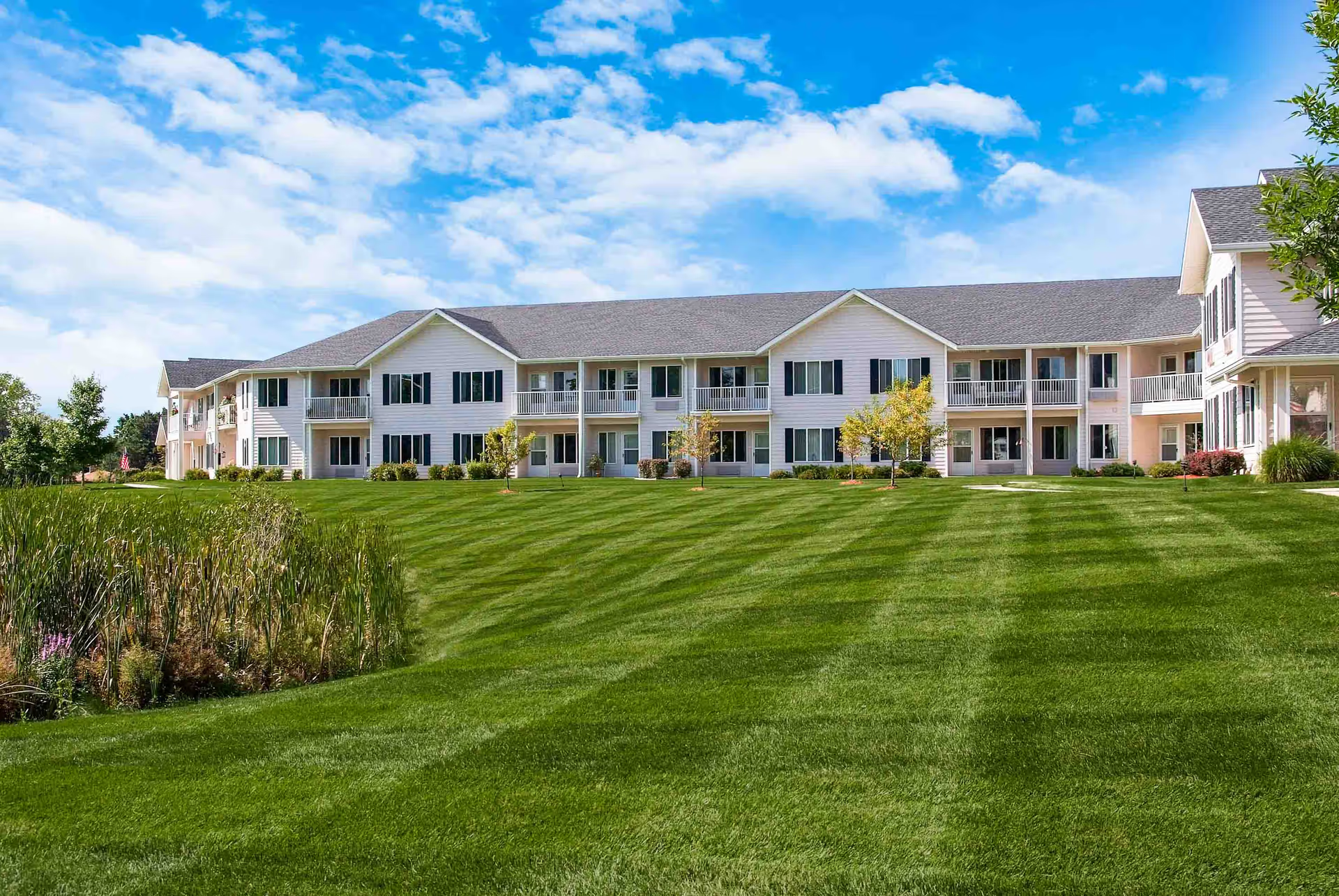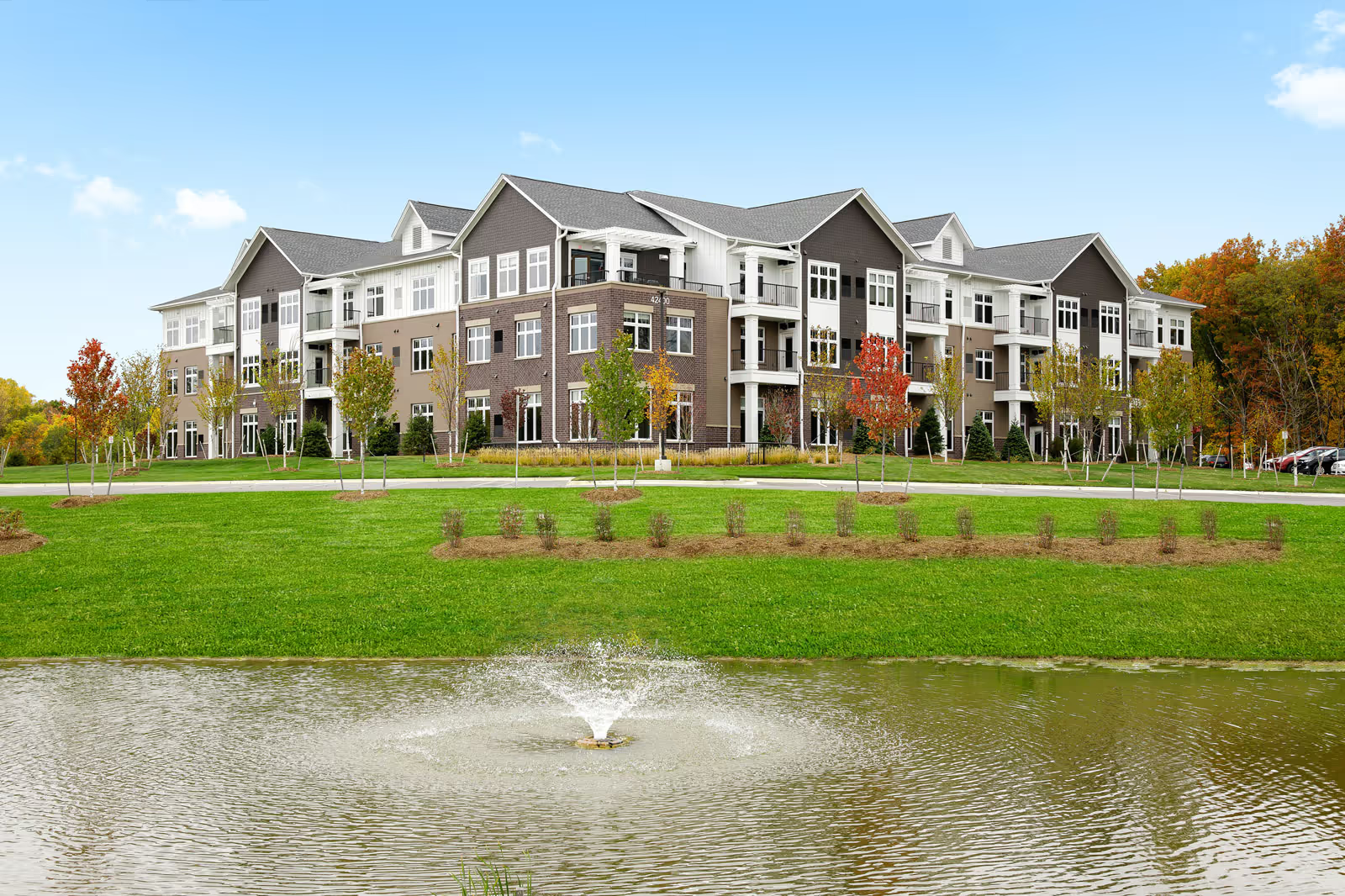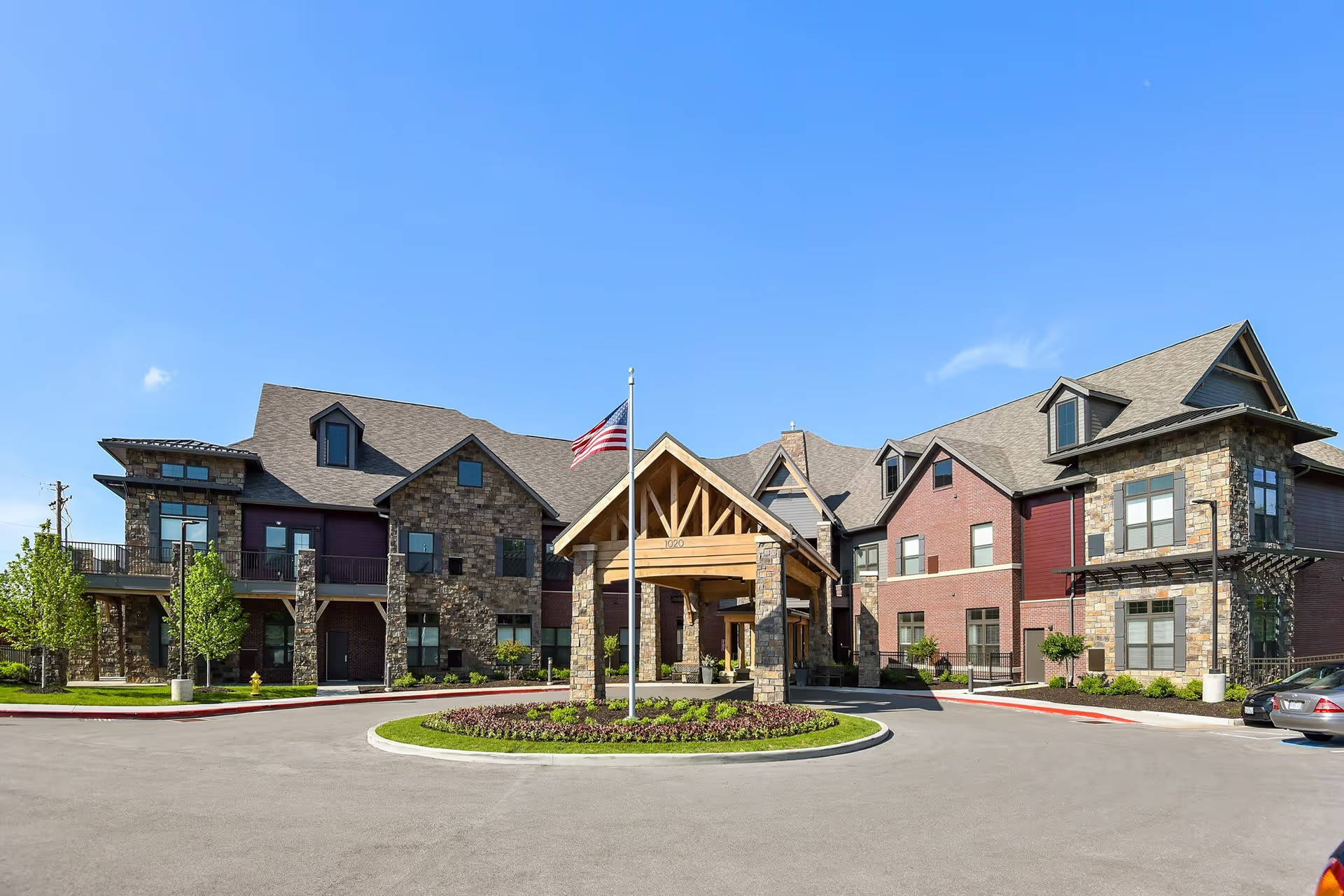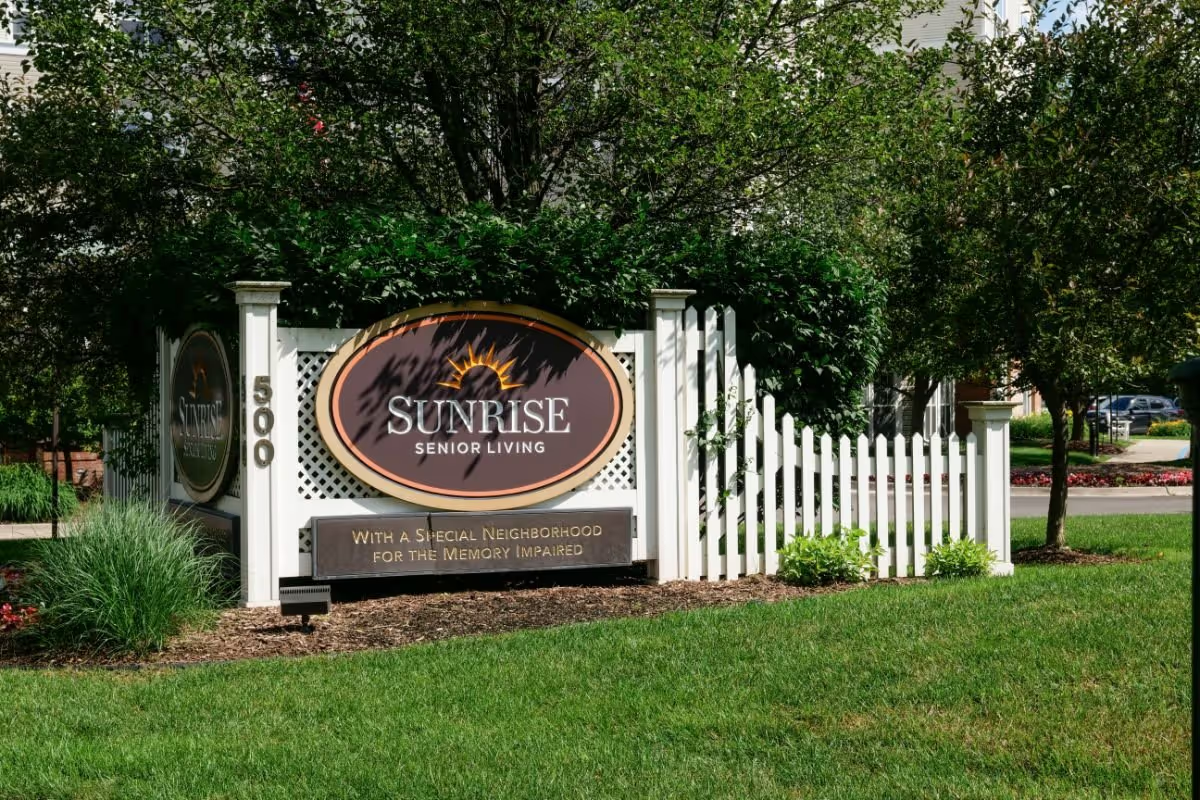Overall sentiment across the review summaries is predominantly positive with clear strengths in direct resident care, staff responsiveness, engagement programming, and an evident culture of compassion. Multiple reviewers cite "excellent care" and note that nurses checked on residents regularly and that staff answered family questions. Memory care is specifically mentioned as a service offered, and one reviewer explicitly "highly recommend[s] Autumn Leaves," indicating strong satisfaction with the clinical and day-to-day care provided.
Staff behavior and interpersonal care are recurring strengths. Reviewers describe staff treating residents like "extended family," offering condolences and hugs in difficult moments, and particular staff members receiving explicit praise (Susan Coopman-Moser and Arthur Wynn are named). These details point to a facility where staff not only manage clinical needs but also provide emotional support and build meaningful relationships with residents and families. The presence of a named Life Engagement Specialist and the mention of activities such as trivia games underscore an emphasis on social and cognitive engagement for residents.
Activity programming and community involvement are also highlighted. In addition to on-site activities (trivia), reviewers mention participation in larger events like the Walk To End Alzheimer's and statements encouraging greater family participation next year. This suggests the community supports both internal engagement opportunities and outward-facing events that connect residents and families to broader causes, which can be an important factor for families seeking an active, socially connected environment for their loved ones.
While positive themes dominate, there are notable concerns about cost and perceived value. One review explicitly calls the facility "too expensive" and compares the care unfavorably (or equivalently) to Lexington Health Care, implying that some payers or family members feel the price premium may not be justified by a markedly higher level of service. The presence of negative emojis in the summaries signals that at least some reviewers expressed dissatisfaction without detailed explanation. These data points together suggest a pattern where emotional and care-related aspects are strong, but economic value is a pain point for a subset of reviewers.
Management and improvement patterns appear encouraging: reviewers reference "positive changes" and staff being acknowledged for those changes, which may indicate responsiveness from leadership and an openness to evolve programming or operations. Naming staff members in praise is usually a sign of consistent frontline performance and strong individual contributions. However, the cost/value complaints and the brief negative reactions highlight that potential residents and families would be wise to investigate pricing, compare service levels and costs with other local options, and ask specific questions about what is included in fees.
In conclusion, these reviews paint a picture of a community with strong clinical care, compassionate and engaged staff, meaningful activities, and a family-oriented environment. The most significant caveat emerging from the summaries is pricing and perceived value; while many reviewers are highly satisfied, some feel the cost is high relative to comparable care elsewhere. Prospective residents and families should weigh the demonstrated strengths in staff compassion and engagement against cost concerns, seek specific pricing breakdowns, and tour the community to validate that the level of personal attention and programming meets their priorities.
